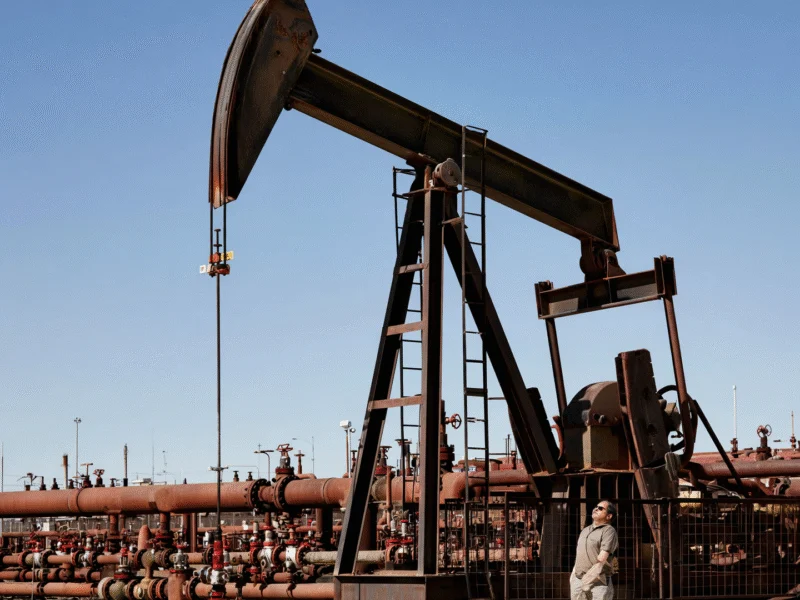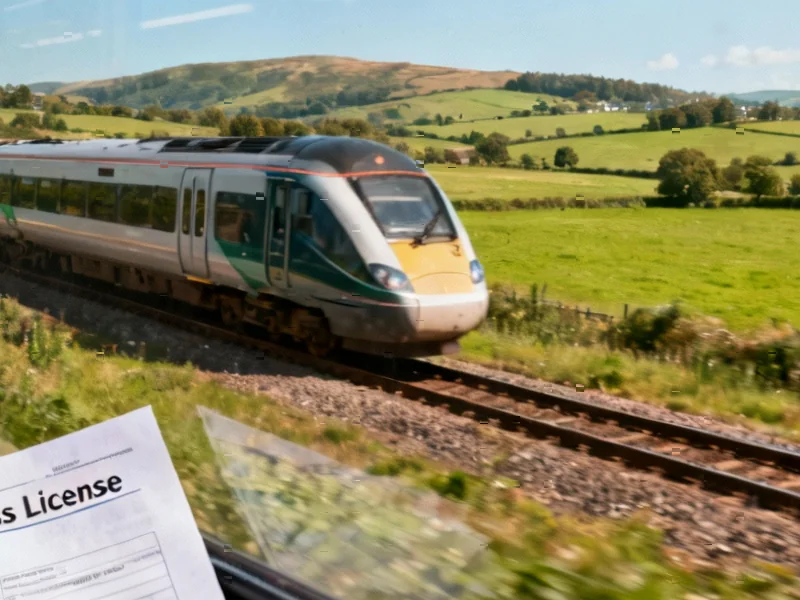According to GeekWire, stakeholders at the Cascadia Innovation Corridor conference in Seattle acknowledged that the high-speed rail project connecting Vancouver, B.C., Seattle, and Portland remains decades from reality despite ten years of planning. Former U.S. Transportation Secretary Ray LaHood cautioned attendees they likely won’t live to see the system completed, comparing the timeline to the 50-year interstate highway construction. The conference featured former Washington Governor Chris Gregoire, who highlighted progress including a $49.7 million federal grant awarded last year to Washington State Department of Transportation for service development planning, with completion targeted for 2028. Despite the slow pace, leaders signed a Memorandum of Reaffirmation and emphasized building a unique cross-border coalition for what they envision as a Silicon Valley-like mega-region where the three cities would be just one hour apart.
Table of Contents
The Generational Infrastructure Challenge
What LaHood’s interstate highway comparison reveals is that we’re witnessing a classic pattern in American infrastructure development: generational thinking versus political cycles. The fundamental tension lies between election timelines that rarely exceed four years and infrastructure projects requiring 30-50 year commitments. This disconnect explains why high-speed rail projects consistently struggle in the U.S. while succeeding in countries with longer-term planning frameworks. The Cascadia project’s 2028 target just for completing the service development plan indicates we’re still in the infancy stage of what will likely be a multi-administration, cross-border undertaking requiring sustained political will across multiple leadership changes in Washington, Oregon, and British Columbia.
The Cross-Border Political Maze
The Cascadia project faces unique complications that other U.S. high-speed rail initiatives don’t encounter. Coordinating across an international border introduces regulatory, funding, and security challenges that domestic projects like California’s or Texas’s proposals avoid. The memorandum of understanding signed in 2021 between Washington, Oregon, and British Columbia represents just the beginning of what will be complex negotiations involving U.S. federal agencies, Canadian federal authorities, and multiple state/provincial governments. Security concerns alone—particularly post-9/11 border protocols—will require innovative solutions for what essentially becomes a cross-border commuter system. The project’s success hinges on creating unprecedented cooperation between Seattle, Vancouver, and Portland that transcends typical international relationships.
The Stark Funding Reality
While the $49.7 million federal grant sounds substantial, it’s essentially planning money rather than construction funding. To understand the scale needed, consider that California’s high-speed rail project has consumed over $10 billion and remains incomplete. The Cascadia corridor’s estimated costs could easily reach $50-100 billion given the mountainous terrain, urban tunneling requirements, and international complexities. The Trump administration’s clawback of $4 billion from California’s project demonstrates how vulnerable these multi-decade initiatives become to political shifts. Microsoft’s initial $50,000 contribution, while symbolically important, highlights the private sector’s cautious approach to what remains predominantly a public infrastructure challenge.
Learning From Other Corridors
The Cascadia project emerges amid a renaissance in American rail development, but with mixed results. Brightline’s success in Florida connecting Miami to Orlando and its planned Las Vegas to Southern California route demonstrate that private investment can work in specific corridors. However, these projects benefit from relatively straightforward geography and existing rights-of-way. Meanwhile, California’s struggle with cost overruns and delays serves as a cautionary tale for Cascadia’s more complex international ambitions. The Texas project connecting Houston and Dallas faces different but equally challenging property acquisition and political hurdles.
A Realistic Path Forward
Given the generational timeline, the most likely scenario involves incremental progress rather than sudden breakthroughs. The 2028 service development plan completion represents just the first of many phases, with environmental reviews, detailed engineering, funding battles, and construction likely stretching into the 2040s or beyond. The project’s best hope lies in demonstrating early wins through improved existing rail service while building political momentum across multiple administrations. The vision of a Pacific Northwest mega-region where students commute between universities and professionals work across cities remains compelling, but achieving it will require sustained commitment that has historically eluded American infrastructure projects of this scale.



